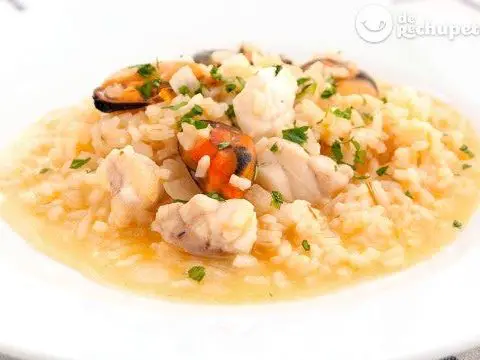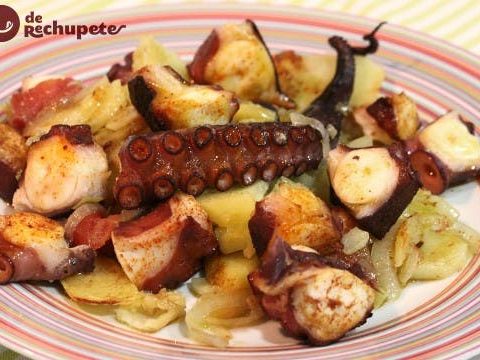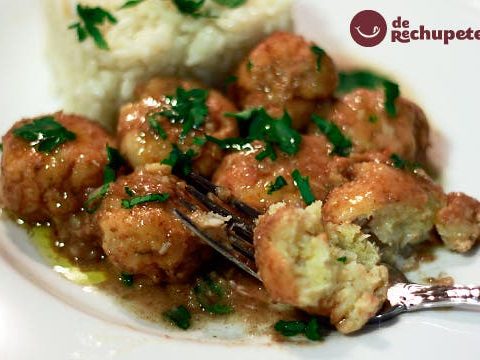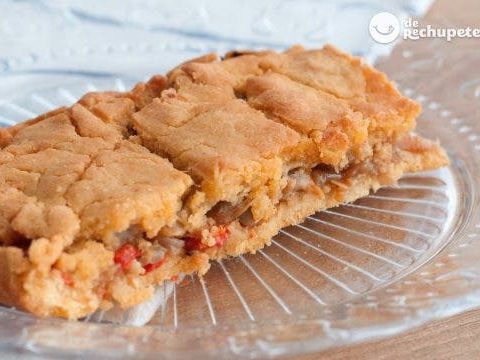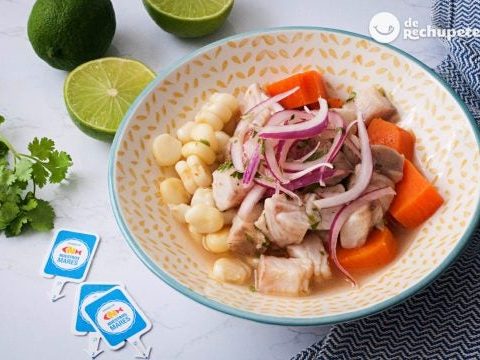
For 4
€ 2.5 /pers.
230 kcal/100g
Ingredients
- 400g. noodles or thick rice noodles (the latter are the most common in Thai cuisine)
- 300g. peeled prawns
- 1/2 onion
- 1 zucchini
- 1/2 red pepper
- 150g. sliced mushrooms
- 2 cloves of garlic
- 400g. canned chopped tomato
- 50 ml. coconut milk
- A bunch of fresh cilantro
- 1/2 teaspoon curry powder (in this case yellow, you can use the variety you like the most)
- Brown sugar
- Mild extra virgin olive oil or seed oil (They usually use coconut oil or palm oil, which is what they use in Asian cuisine)
- Salt and freshly ground black pepper (to each household’s taste)
- Optional for a spicy touch: A Thai red chili (just the skin without seeds)
How to make curry noodles with prawns.
Pasta always wins . It is one of those dishes that, no matter how we prepare it, we always want to find on the table. It is also very easy to prepare and there are so many possibilities that the list of recipes is practically endless. Better than better!
The good thing about always having pasta at home is that whatever you find on your kitchen shelves, you have time to improvise a quick and nutritious dish that can save a lunch or dinner .
This time we are going to give it an exotic touch , with a Thai style inspiration that we like so much at home. It is an easy recipe where by mixing vegetables with coconut milk and a little curry you will get a dish with a delicious sauce that combines perfectly with the flavor of the prawns.
On the blog you will find other similar recipes, just as easy as today’s, a Thai chicken curry , the traditional pad Thai that we like so much at home, a vegetable and prawn wok or a vegetable and rice curry . All with those touches that we are so passionate about.
We have chosen to use classic noodles but we can experiment with other pastas to combine their texture with that of the sauce. In Thai cuisine it is usually cooked with noodles or rice noodles, although they are not always easy to find.
I have always found it curious (and great) that just by changing the type of pasta it seems as if the flavor of the entire recipe changes…. Let’s go with this unexpected (and delicious) mix of flavors that will once again place noodles among your favorite dishes.
Preparation of curry sauce with prawns
- Peel and chop the onion and garlic. Lightly brown the garlic in a pan with hot olive oil. We sauté the prawns and remove them from the pan. We reserve.
- Add the onion and let it soften. We wash the pepper and cut it into thin slices. We add it to the pan, season with salt and pepper and brown lightly.
- We wash and cut the zucchini with the help of a mandoline. We add it to the pan along with the sliced mushrooms, stir well and cook for 5 minutes. We make a hole in the middle of the vegetables, add the chopped tomato and a couple of tablespoons of brown sugar. We fry for 5 more minutes.
- Sprinkle half a teaspoon of curry powder and add 50 ml. of coconut milk. We stir well and let the flavors mix well for a couple of minutes. Add the prawns and remove from the heat.



Preparation of the noodles and final presentation
- We start with the noodles, if we are going to use them with rice we soak them for two hours while we prepare the curry sauce. If we make them from normal wheat, we only have to cook them in a traditional way.
- Yes they are wheat noodles . We heat one liter of water for every 100 g of pasta in a saucepan, this is the recommended measurement per person. These proportions, which are normally indicated on the packaging, help the pasta not stick together. We will always try to use a large casserole, the largest in your kitchen.
- When it starts to boil, add 1 tablespoon of salt. Next we add the pasta, always all together. We stir with a wooden spoon so that the noodles do not stick and remain loose. The cooking time is on the pasta package, we must be guided by these instructions because for each type it is different, in this case it is 8 minutes. We drain and serve hot.
- If we are going to use rice noodles . We drain the noodles well and then add them and sauté well so that they take in all the flavor and color of the sauce. That is, we mix it with the curry sauce.
- For the presentation we have a layer of pasta as if it were a nest on a plate and we place a generous portion of vegetables and prawns on top. And if they are rice, everything already mixed. Both options are valid and delicious.
You can see all the step-by-step photos of the recipe for noodles with curry and prawns in this album. Don’t miss any details and they will turn out perfect.
Tips for perfect curry noodles with prawns
- The curry and coconut milk will give it color, aroma and flavor. Therefore, they must be of quality, of the brand or variety that you like the most, but good.
- The secret with pasta is always that the sauce waits for it and never the other way around, so we start cooking the noodles in very hot water only when we are about to finish with the vegetables. This way we ensure that as soon as we have drained them we can serve the entire dish.
- This dish could also be prepared with Thai rice instead of the noodles. Thai cuisine is based on noodles or nodles in soup or fried and are usually accompanied by curry, usually spicy. In this case we have not made it spicy, but a spicy touch would be great for the recipe.
- This type of dish is usually stir-fried in a wok, although in this case we have not done it and palm or coconut oil is usually used, as well as seed oils such as sunflower. But at home we like extra virgin olive oil, as I always say, to each person’s taste.
- We chop cilantro and sprinkle it to give the final touch, it is optional but it looks great. I’ve also tried them with a little fresh basil (although it’s not very Thai) and it looks great. A delicious Thai Italian blend.

